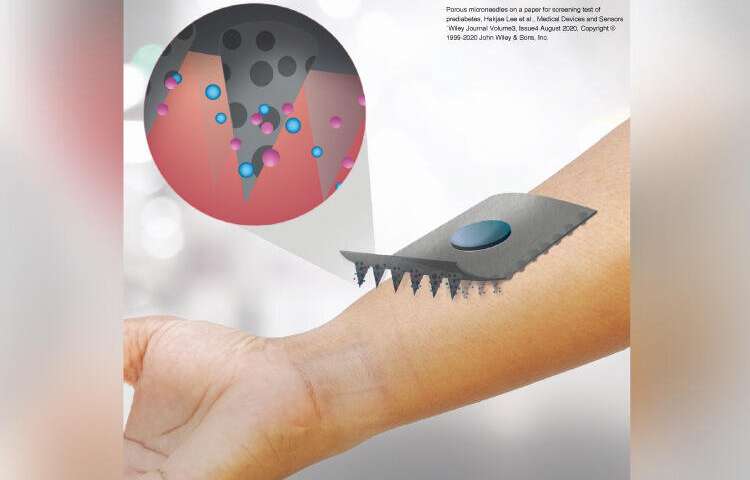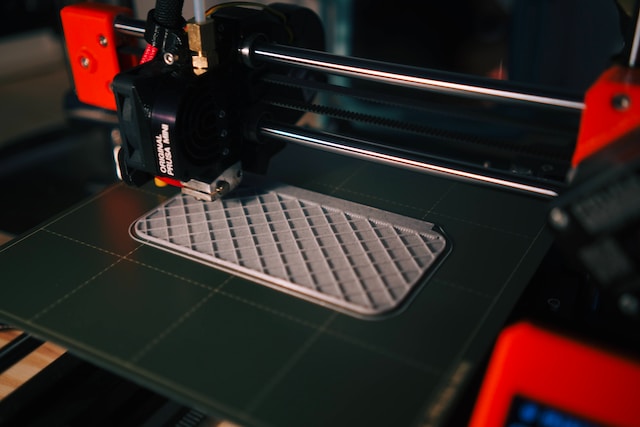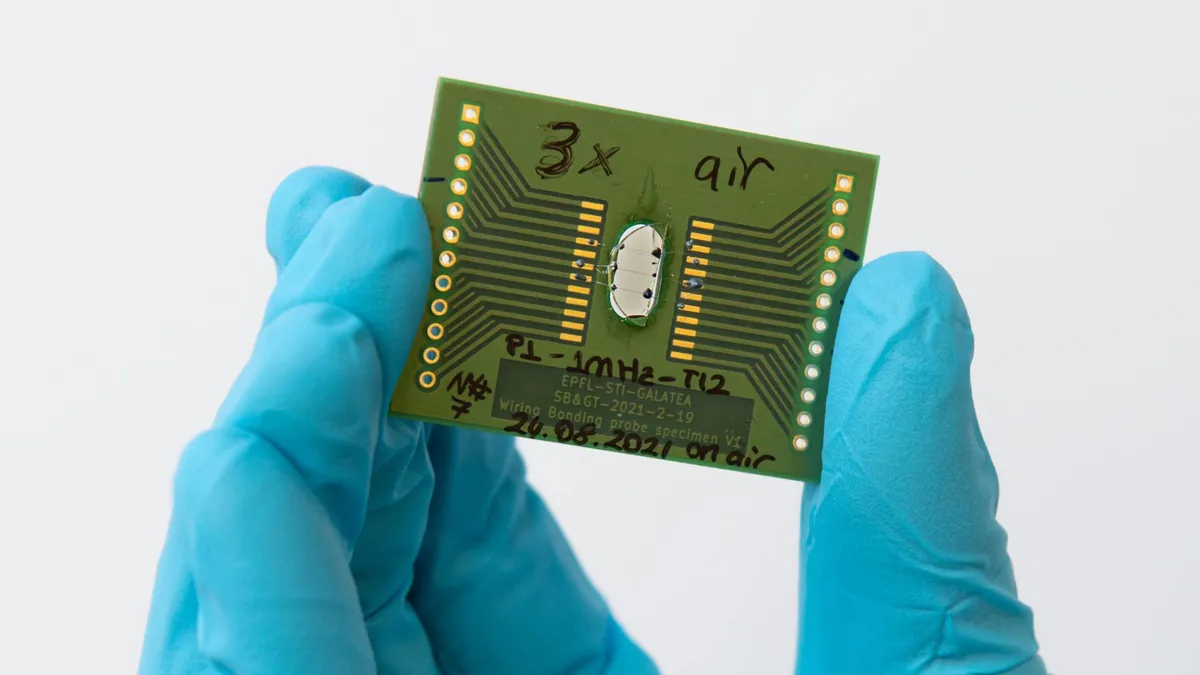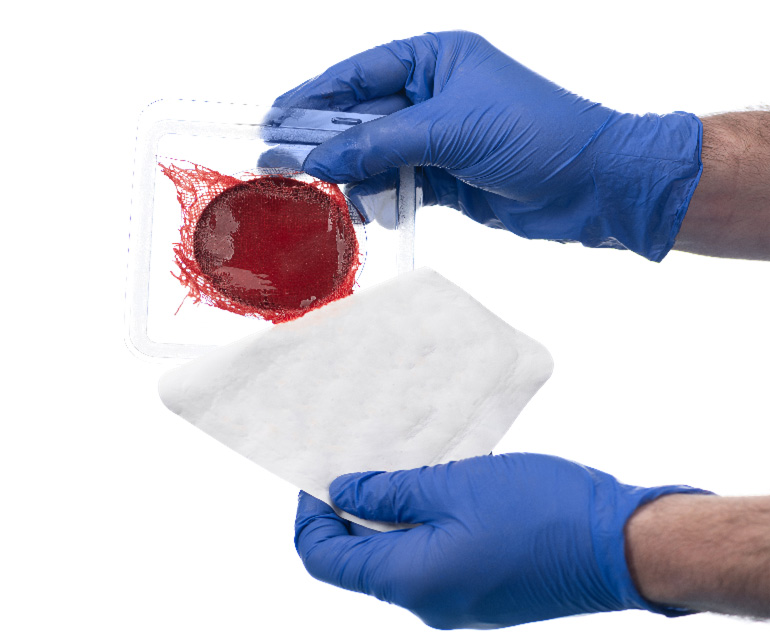Painful needle puncture discourages many patients to monitor the blood glucose levels as frequently as recommended. Now Japan scientists have developed a microneedle patch for monitoring glucose levels. These paper-based sensors painlessly monitor fluid in the skin within seconds.
Very easy and painless way of conducting diagnostic tests:
Microneedle patches consist of a small polymer square, having an array of super tiny-spikes (one-thousandth of a millimetre). When this patch is pressed against the body, the needles painlessly pierce the outermost layer of the skin. These fine needles do not reach the sensory nerves that lie deeper in the dermis.
You need not take any training to apply this patch, so anyone can use it. Because of painless injection and their easy application, microneedles show revolutionary promise for many aspects of drug delivery.
In this study, researchers intended to make a microneedles patch that could quickly and easily analyze interstitial fluid (ISF) in the epidermis. Also, they wanted to avoid invasive and painful conventional hypodermic needles.
Microneedles engineer Beomjoon Kim from the University of Tokyo, said, “We have overcome this problem by developing a way to combine porous microneedles with paper-based sensors,”
“The result is low-cost, disposable, and does not require any additional instruments.”
Now researchers will be to testing the device with human participants. Researchers are hopeful that once the microneedle patches are further developed, people could use it in their own homes. Scientists foresee glucose sensors can also be swapped for other paper-based sensors that monitor other important biomarkers.







